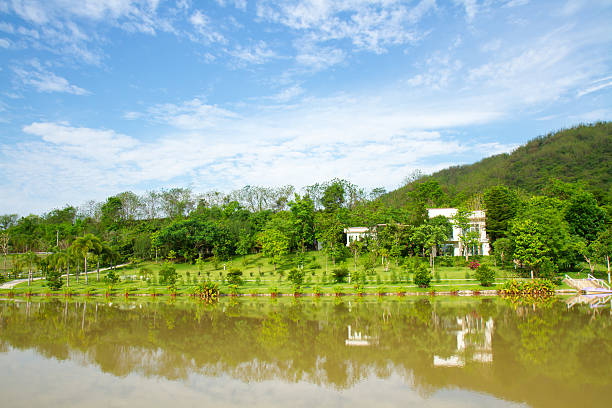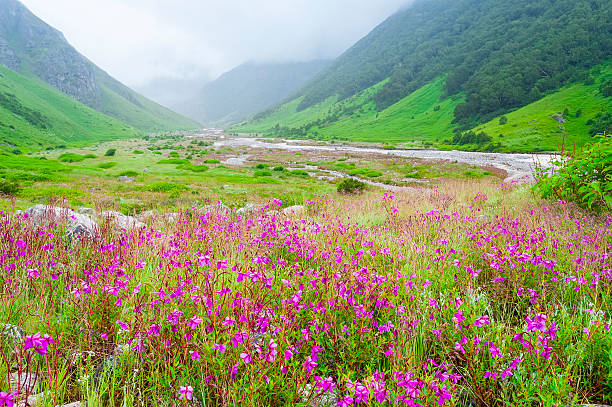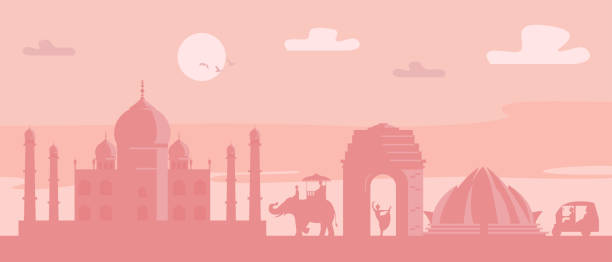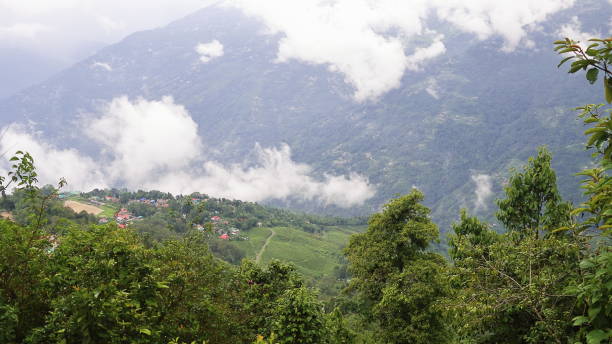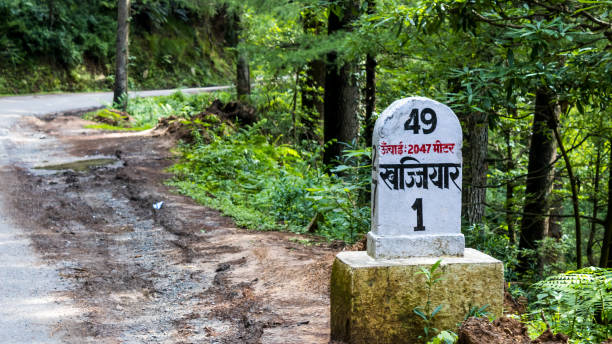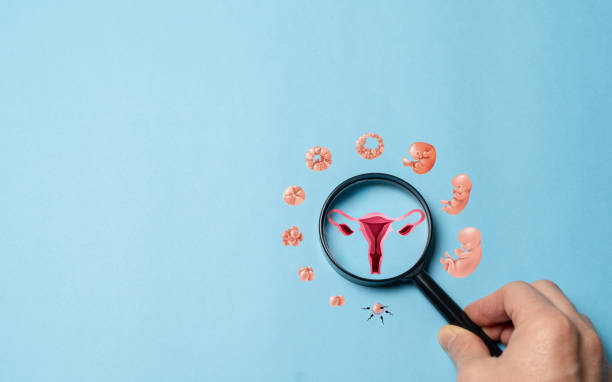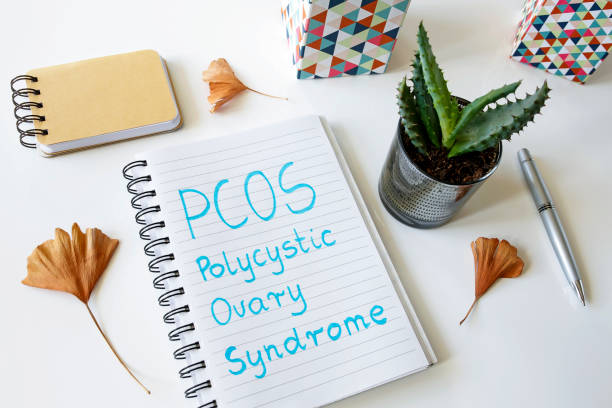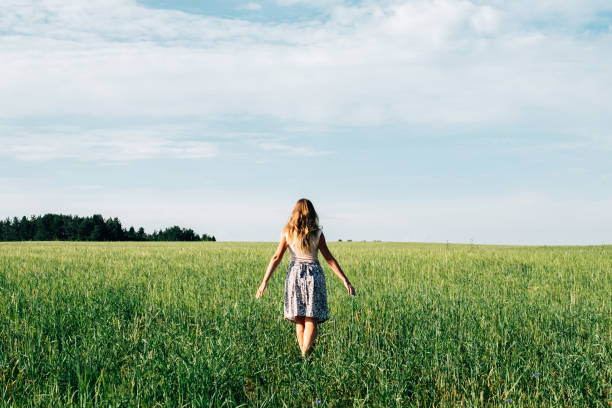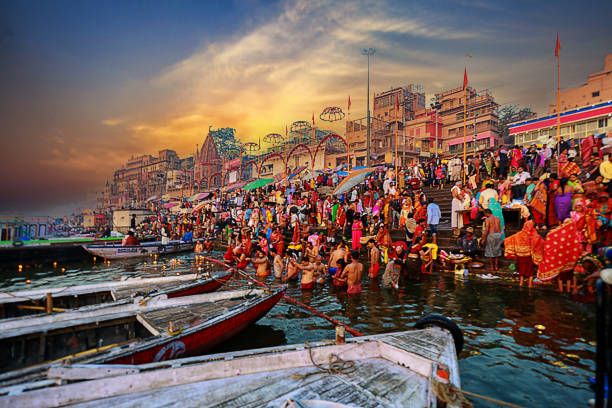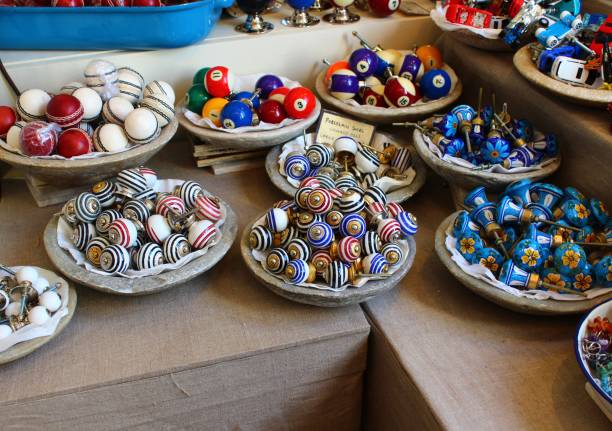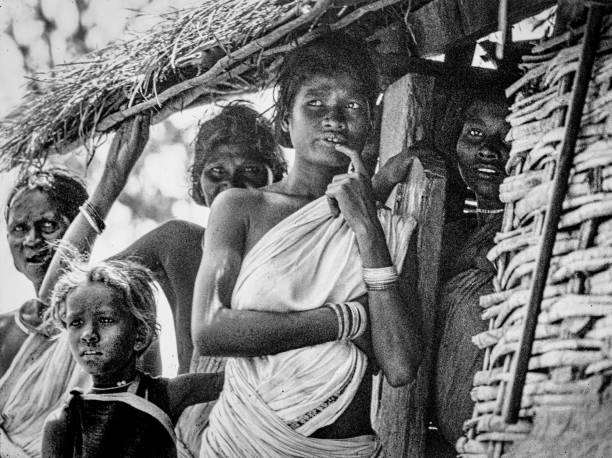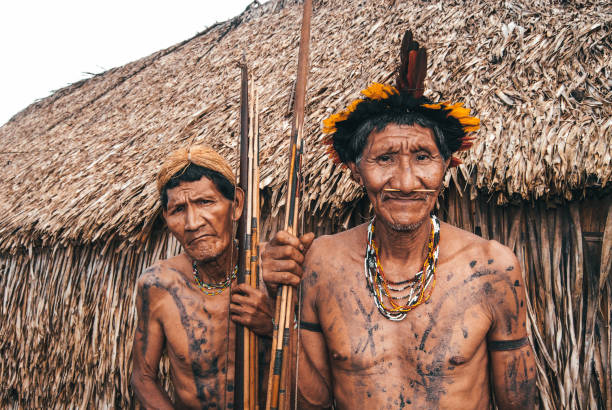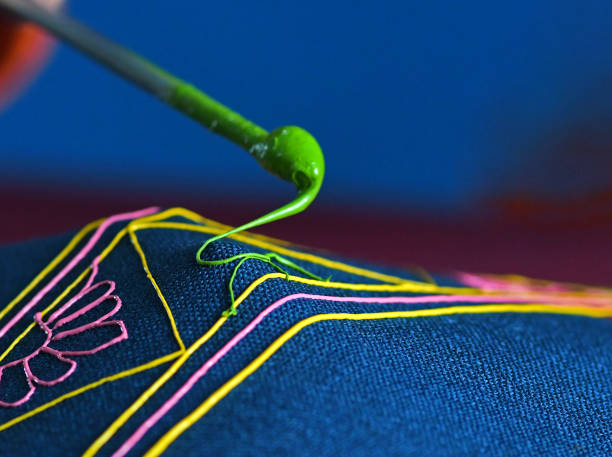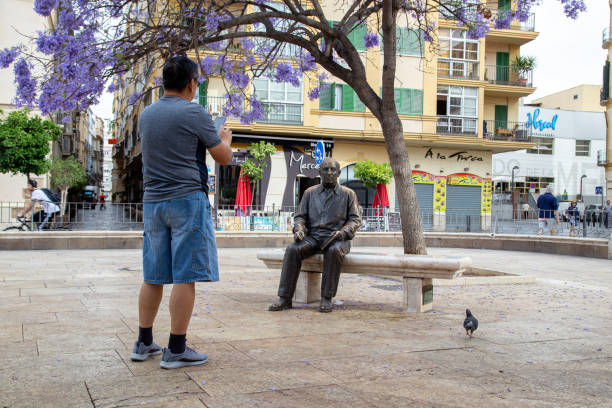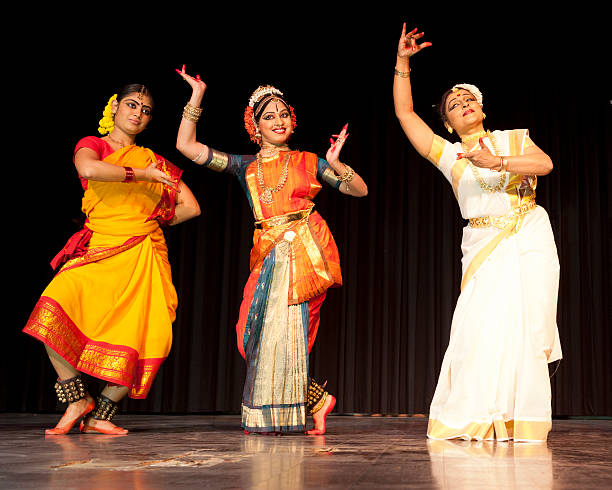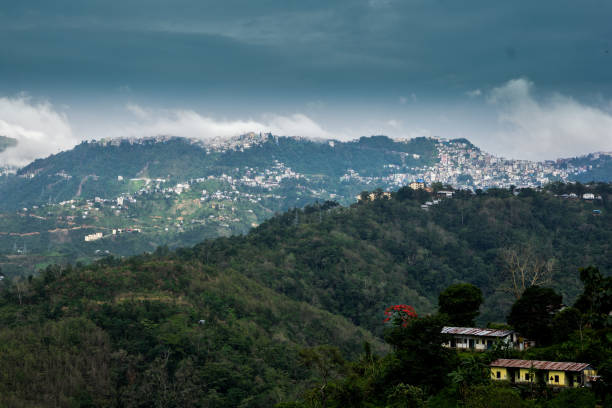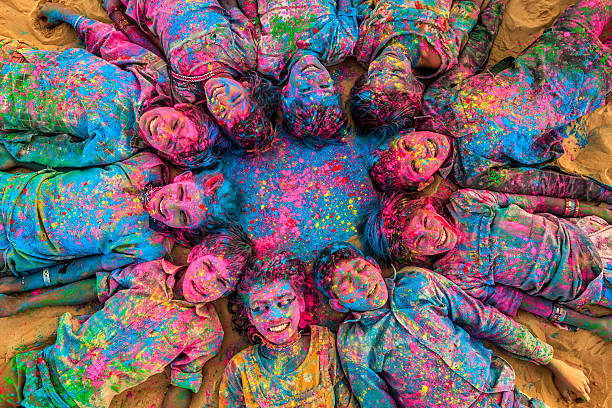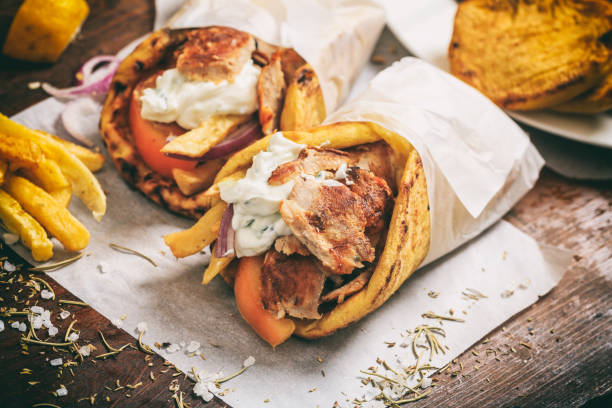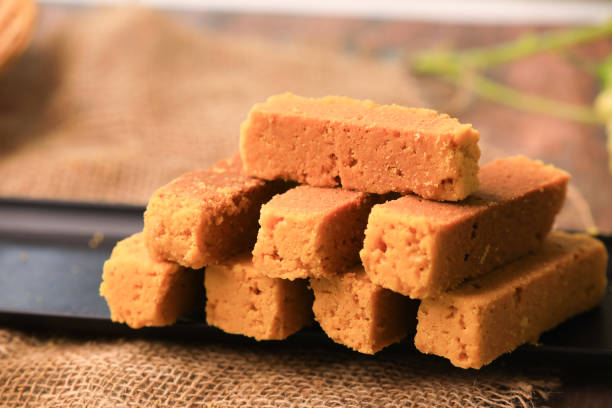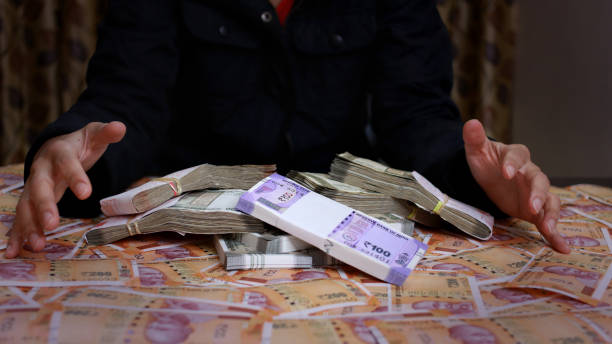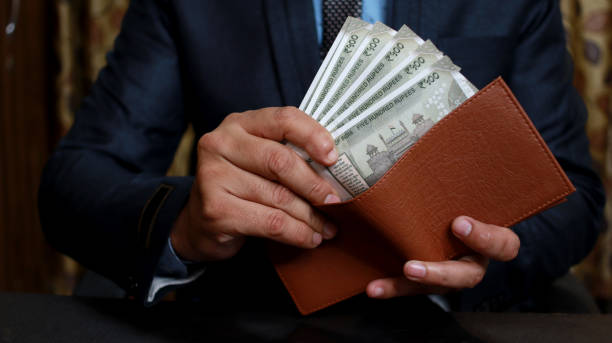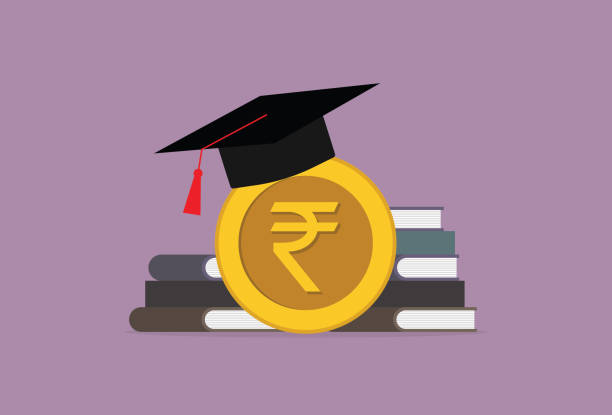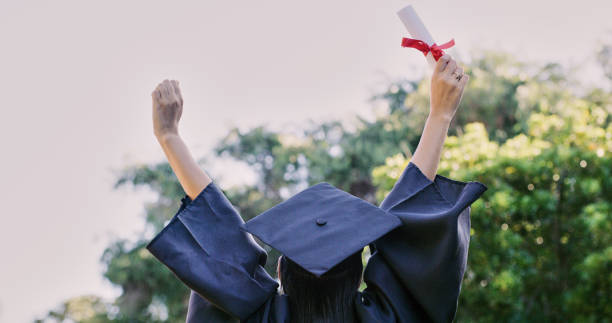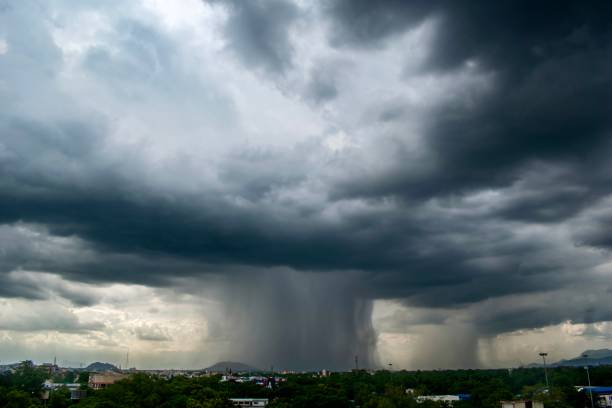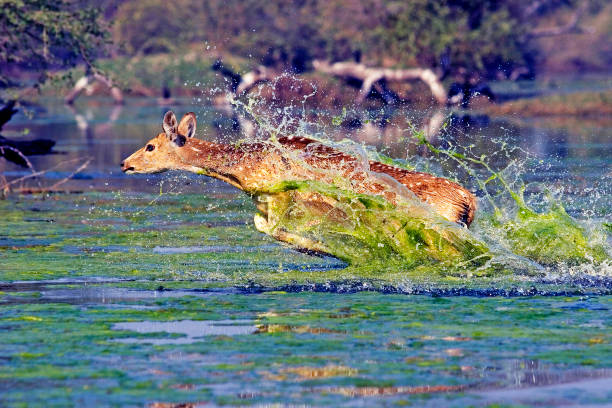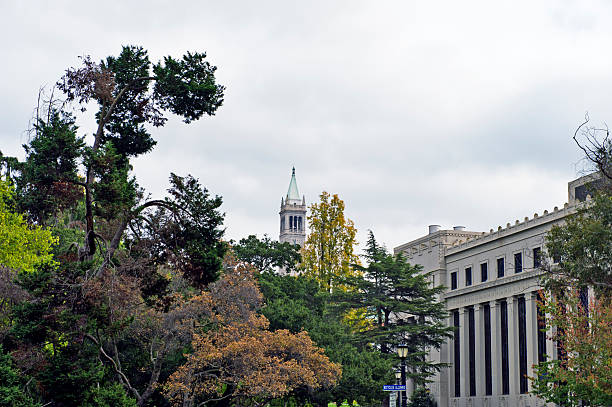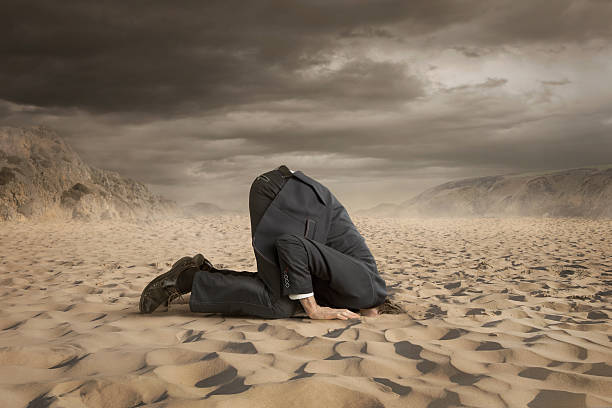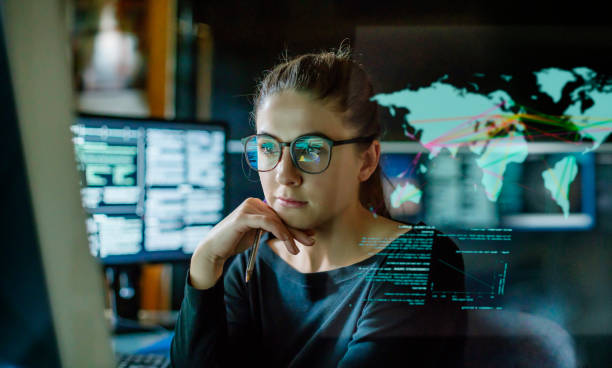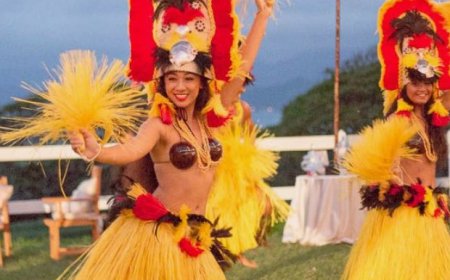Gaudiya Nritya: The Resurrected Classical Dance of Bengal
Tracing its Ancient Roots, Spiritual Expression, and Modern Revival

Gaudiya Nritya (Gaur̤īẏa Nṛtya or Gour̤īyo Nrityo) is a classical dance form that originates from Bengal, India. It's a composite art form, rich in dance, music, drama, poetry, and rhythm, and primarily serves as a means of spiritual expression.
Here's a breakdown of key aspects of Gaudiya Nritya:

History and Revival:
- Ancient Roots: The theoretical foundations of Gaudiya Nritya can be traced back to ancient Sanskrit texts like the Natyashastra. Its existence in ancient times is supported by dance poses in sculptures from Gaudiya style temples, archaeological sites (Hindu, Buddhist, Jain), and mentions by ancient Bengali poets.
- Historical Evidence: The antiquity of Gaudiya Nritya is established through:
- Texts/Scriptures: Main texts include Sangita Damodara and Shrihastamuktavali (13th-15th century CE).
- Architecture, Sculpture, Painting, Inscriptions: Numerous temple sculptures, terracotta, metal, wood, and ivory sculptures from the Pala and Sena dynasties illustrate its technical aspects.
- Literature and History: Ancient Bengali literature like Charyapada (10th-12th century CE), Nathagitika, and Mangal Kavya provide detailed analyses of dance.
- Guru-Shishya Parampara: The tradition of dance prevailed in Bengal, evident in compositions by Rabindranath Tagore and the historical figure of Chaitanya Mahaprabhu, who was a significant male dancer of Gaudiya Nritya in medieval Bengal.
- Decline and Revival: Over time, due to a lack of patronage and socio-economic/political reasons, the art form faced a setback. However, it has been meticulously reconstructed and revived by Dr. Mahua Mukherjee in the 1980s, who is widely credited as its "fountainhead." Her extensive research, based on literature, sculpture, and observations of folk dances, has brought this classical dance form back to prominence. The Indian Ministry of Culture has even awarded a research scholarship for it, mainly offered to recognized Indian classical dances.

Key Characteristics:
- Devotional and Expressive: Gaudiya Nritya primarily expresses religious stories, especially those related to Vaishnavism (worship of Vishnu/Krishna), but also includes themes related to Shiva, Ganesha, and Shakta concepts. It conveys emotions and narratives through expressive movements, graceful footwork, and intricate hand gestures (mudras).
- Composite Art Form: It's a blend of dance, music, drama, poetry, color, and rhythm, creating a holistic artistic experience.
- Technique: The style often involves a deep-seated position with a wide turnout of the knees, prominent "tri-bhang" (three-fold bend), and fluid body movements, somewhat similar to Odissi but with distinct philosophical and structural differences, including rotation or side-to-side movement of the hips, offering greater physical freedom.
- Ragas and Talas: Performances are set to the ragas and talas of Gaudiya music.
- Spiritual Treat: It aims to connect the dancer and viewer to the inner core of the soul, going beyond external enjoyment.
Costume and Music:
- Costumes: While specific detailed descriptions of historical costumes might be less readily available, contemporary Gaudiya Nritya performances utilize attire that reflects the classical dance traditions of Bengal, often incorporating elements of traditional Bengali dress and enhancing the graceful movements.
- Music: The dance is performed to classical Indian music, which enhances its spiritual and cultural significance. It uses traditional instruments such as Anaddha (membranophones), Ghana (idiophones), Susir (aerophones), and Tata (chordophones).

Notable Practitioners:
- Dr. Mahua Mukherjee: The leading figure in the revival and reconstruction of Gaudiya Nritya. She is a renowned dancer, researcher, and teacher at Rabindra Bharati University. She learned from various traditional practitioners and has been instrumental in establishing the form.
- Pt. Amitava Mukhopadhyay: Mahua Mukherjee's husband, a singer and music director, who has significantly contributed to the music of Gaudiya Nritya.
- Rachel Priyanka Perris: A prominent exponent of Gaudiya Nritya, who has taken the dance form to the world stage and is working to promote its recognition, especially in Bangladesh.
- Other Dancers: Many talented artists, including Dr. Soumya Bhowmick, Dr. Satabdi Acharya, and others associated with institutions like Gaudiya Nritya Bharati, are actively performing and promoting the art form.
Present Status:
Gaudiya Nritya is steadily gaining recognition as a classical dance form of Bengal. Institutions like Rabindra Bharati University and the University of Oklahoma have recognized it. Efforts are ongoing to increase awareness and patronage for this unique and rich cultural heritage, ensuring its continued growth and appreciation.









